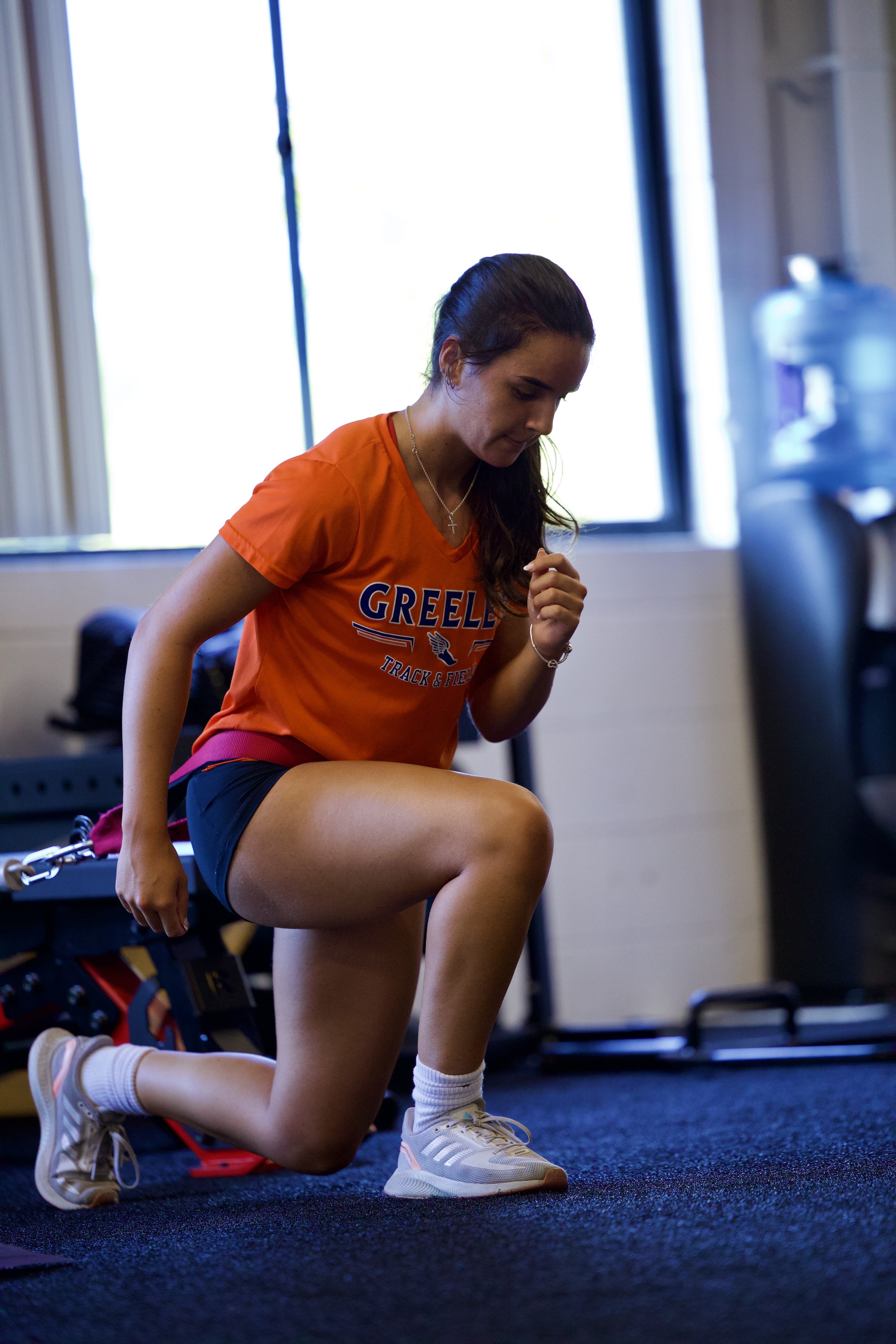Why Strength Coaches Focus on Strength Training Over Stretching
/As strength coaches, we understand that athletes need flexibility to perform at their best, but how we achieve that flexibility is critical. Static stretching may increase joint range of motion (ROM), but strength training does so much more. Proper strength training improves flexibility, increases strength, and develops power—all in a shorter time frame than traditional static stretching. The key difference? Strength training teaches athletes to move through a given range of motion under external stress—just like they practice their sport.
Stretching Under Load is the Key to Real Flexibility
When athletes move through a range of motion (ROM) under load, they don’t just stretch muscles; they train the entire system—muscles, joints, tendons, and even the nervous system—to handle stress dynamically. This is how real-world flexibility is built.
Think about it: when an athlete performs a deep squat, they’re not only improving their strength but also training their hips, knees, and ankles to move efficiently through that ROM. And because they're under load, they’re learning to control that movement in a way that translates directly to their sport and life. The same can’t be said for lying on the ground and holding a stretch for minutes at a time.
Strength Training Teaches Problem Solving
One of the most important aspects of a good strength program is teaching athletes how to solve problems with the task at hand. Take a baseball player for example: when they need to stretch to scoop a ball out of the dirt, they're not thinking, "How do I stretch?" They’re solving the problem of getting low, stabilizing their body, and making the play. This type of flexibility training happens in movement, not in a static position.
By training movements like lunges, squats, and overhead presses through a full range of motion, athletes learn how to solve these physical problems without consciously thinking about their flexibility. They’re not just getting stronger; they’re learning how to use their strength to control their body in complex, dynamic environments.
Time Efficiency: Strength vs. Stretching
For coaches, time is always a limiting factor. Strength training allows us to address multiple needs—strength, flexibility, power, and problem-solving—in one session. Static stretching, on the other hand, often takes up valuable time without contributing to power output or dynamic stability. Research has shown that athletes who train strength through a full ROM can achieve flexibility gains without the need for hours of stretching.
Strength training isn’t just about getting stronger; it’s about teaching the body to move efficiently under load, improving flexibility, and developing the power to perform in a sport. The more time athletes spend training flexibility through loaded movements, the more prepared they are to solve real-game problems in their sport.
Flexibility and Strength Go Hand in Hand
Instead of thinking about flexibility as a separate part of training, think of it as a byproduct of good movement. When athletes practice moving through their sport’s key ranges of motion under external load, they’re building flexibility where it matters most—in action. Flexibility isn't just about being able to stretch; it's about being able to move powerfully, efficiently, and safely when the sport demands it.
Focus on Movements That Build Both Strength and Flexibility
To maximize time and results, incorporate exercises like:
Deep squats
Overhead presses
Lunges and split squats
Romanian deadlifts
Rotational movements (chops, bends, and rotational lifts)
All these movements, when performed through a full range of motion, not only improve muscle strength but also develop the joint flexibility needed for athletic performance.
Conclusion: Stretch, but with Purpose
Static stretching has its place, but it shouldn’t dominate a training program. Strength training provides the flexibility benefits, along with the added advantages of improved strength, power, and problem-solving abilities. Athletes don’t just need to stretch; they need to train their bodies to perform under load, solve problems, and execute movements with control. That’s where true flexibility—and ultimate athletic performance—comes from.
In your program design, prioritize strength movements that challenge athletes to move through their sport-specific ranges of motion under load. This approach will lead to not only improved flexibility but also better athletic performance in less time. As coaches, our job is to get the most out of every session, and strength training is the key to achieving that.


